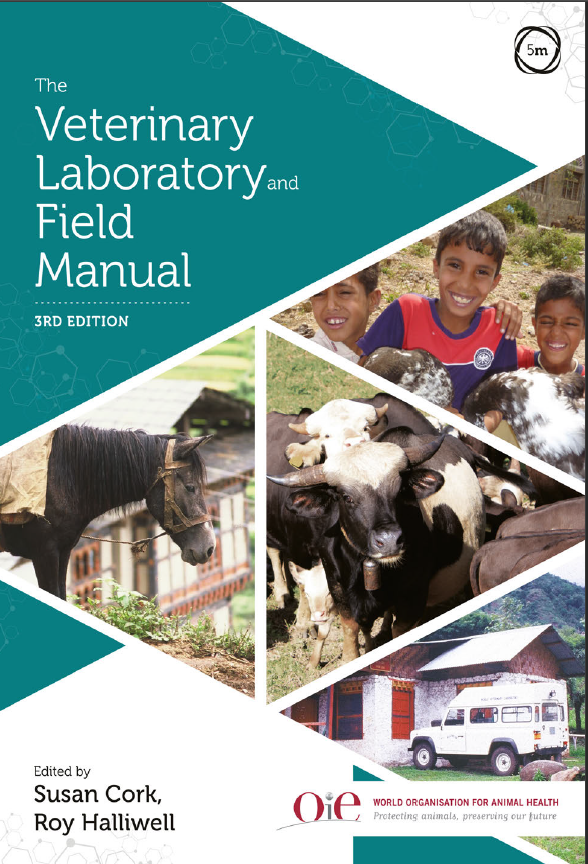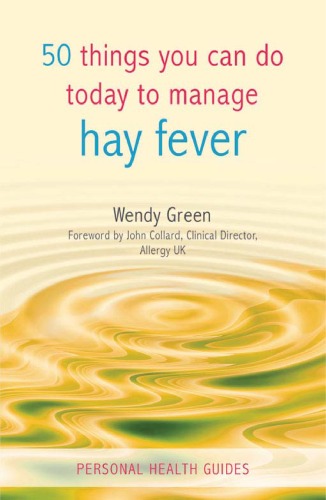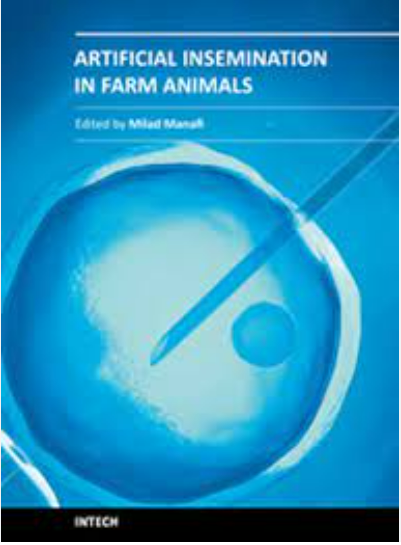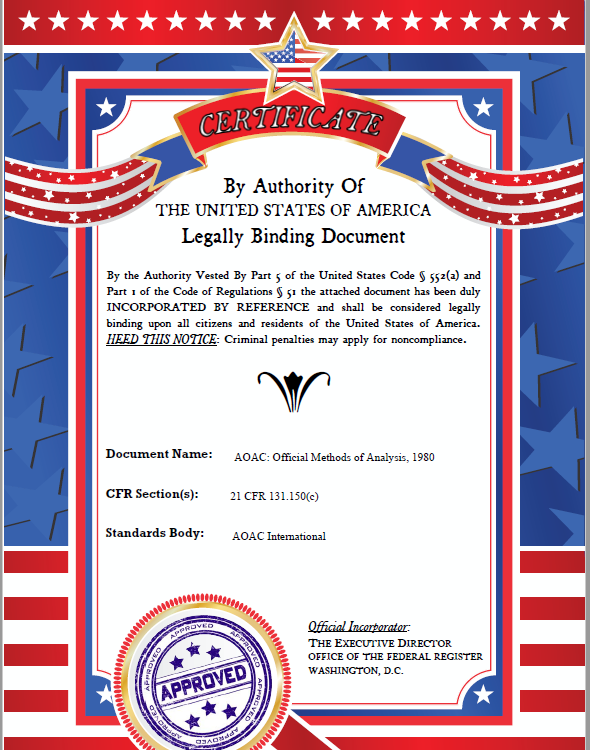دانلود کتاب THE VETERINARY LABORATORY AND FIELD MANUAL 3rd EDITION - Original PDF
Author:
Susan C. Cork and Roy W. Halliwell
0 (0)
توضیحات کتاب :
As with the two preceding editions, this third edition of the Veterinary Laboratory and Field Manual is a book made to be used. Dr Susan Cork and her contributing colleagues, have drawn on their extensive experience in training, laboratory diagnostics and field development activities to produce a practical, informative and accessible guide to the organization and operation of district and regional level diagnostic laboratories. Since the original publication of this book, the need for expanded veterinary diagnostic laboratory networks that extend into rural areas, has continued to grow. The ever increasing demand for animal protein and the concomitant increase in livestock populations, the emergence of new diseases and re-emergence of existing diseases, the expanded movement and trade of livestock, the increased contact of livestock and humans with wild animal species due to habitat incursions, and the growing risk of intentional disease introduction through bioterrorism, all underscore the need for improved disease surveillance and rapid diagnosis – efforts that require wellfunctioning district and regional laboratories as part of a national laboratory network. Early detection and early response are the fundamental elements of effective disease control and the ready availability of reliable basic laboratory services are essential in this regard. The new edition maintains the wellorganized structure of past editions, starting with the most useful Part 1: Laboratory and equipment. Chapter 1 focuses on setting up and using a laboratory service. This is followed by the practical and informative Chapter 2 on the selection, use and maintenance of laboratory equipment and supplies. Then, in Part II, in six subsequent chapters, the key diagnostic laboratory disciplines are addressed, including parasitology, microbiology, haematology, serology/immunology, clinical chemistry/toxicology, and pathology/cytology, each including the general underlying scientific principles, discussions of common diseases and procedures for sample collection and conduct of diagnostic tests. Part III then focuses on special topics including epidemiology, surveillance, common clinical presentations, wildlife health monitoring and disease surveillance, antimicrobial resistance, and arthropod vectors and related diseases. The book concludes with a range of appendices, which feature a review of common zoonotic diseases. At various locations throughout the text, Dr Cork and colleagues have updated existing content and added some new topics. Among the new subjects considered are: training, information management and the value of laboratory networks; hazard assessment and risk management; audits for quality assurance; the benefits and limitations of penside tests; assessing diagnostic sensitivity and specificity for field tests; the applications, implementation and limitations of new technologies; and a chapter on the OIE’s core missions in relation to laboratories Foreword working in the veterinary domain, contributed by the World Organisation for Animal Health (OIE). The OIE is pleased to be associated with this new edition of the Veterinary Laboratory and Field Manual. The OIE’s core strategic objectives, including risk management through transboundary disease control and international standard setting for the safe trade in animals and animal products, maintaining the global reporting system for animal diseases, and strengthening of national veterinary services, are all underpinned by the capacity and performance of national networks of veterinary diagnostic laboratories and the animal health investigation systems that deliver them quality samples. This newly revised manual can make an important contribution to ensuring the capacity and performance of those networks and therefore deserves a wide readership.
سرچ در وردکت | سرچ در گودریدز | سرچ در اب بوکز | سرچ در آمازون | سرچ در گوگل بوک
1,171 بازدید 0 خرید










